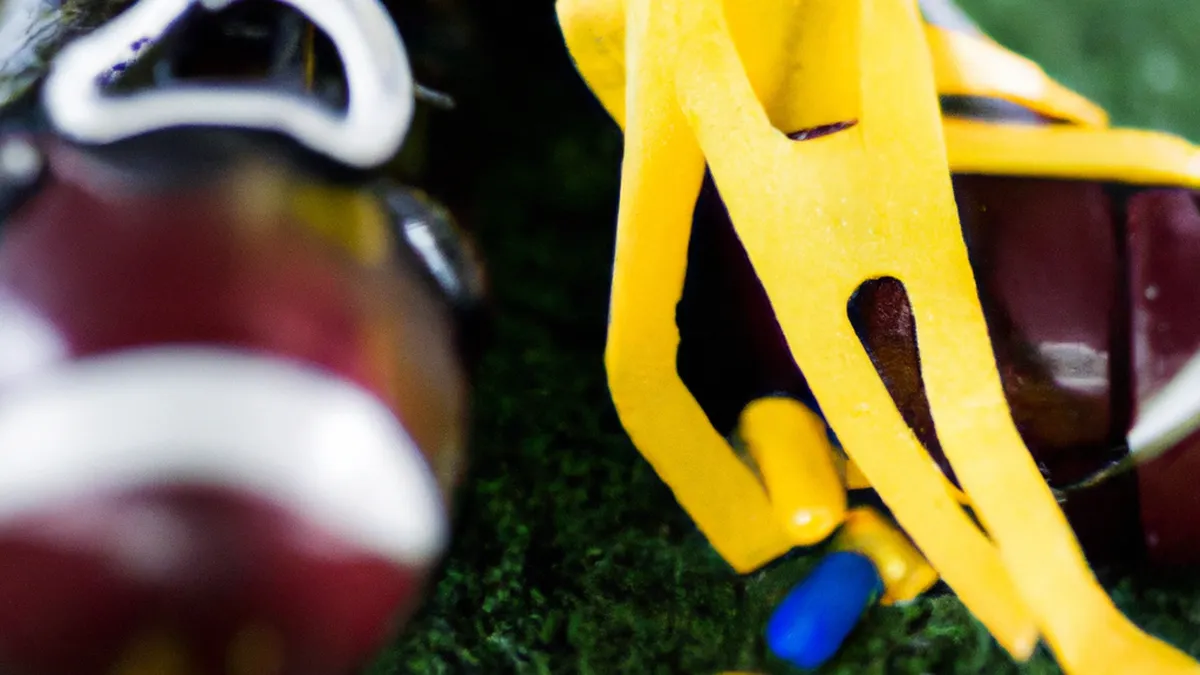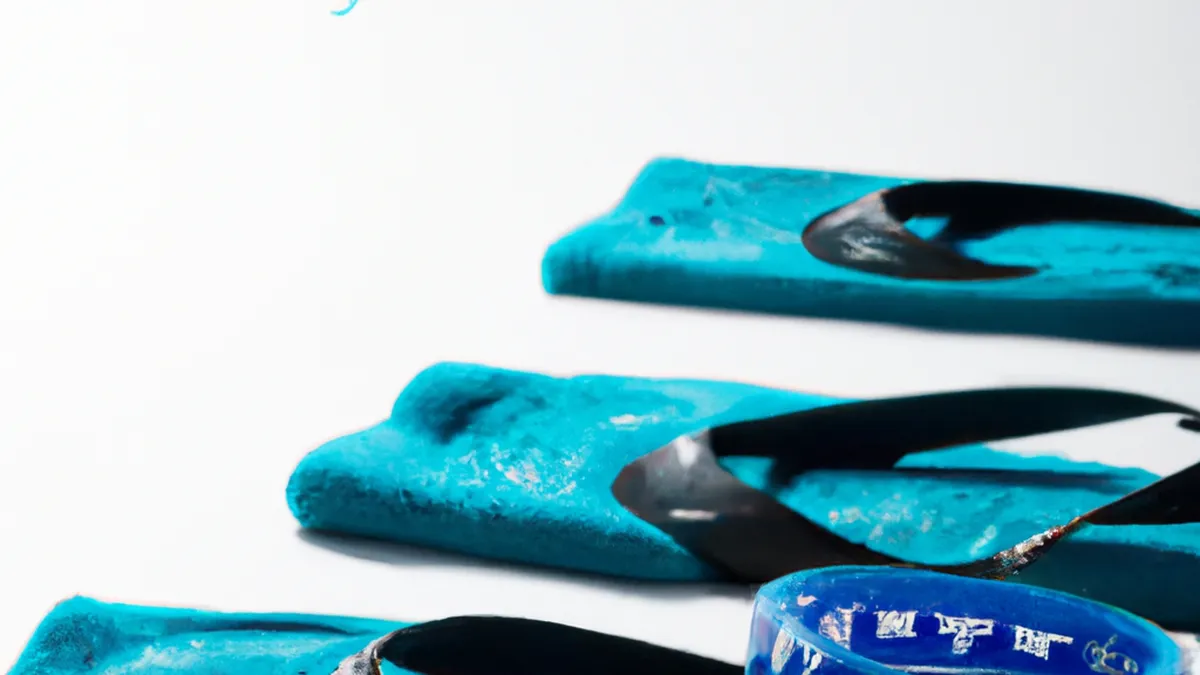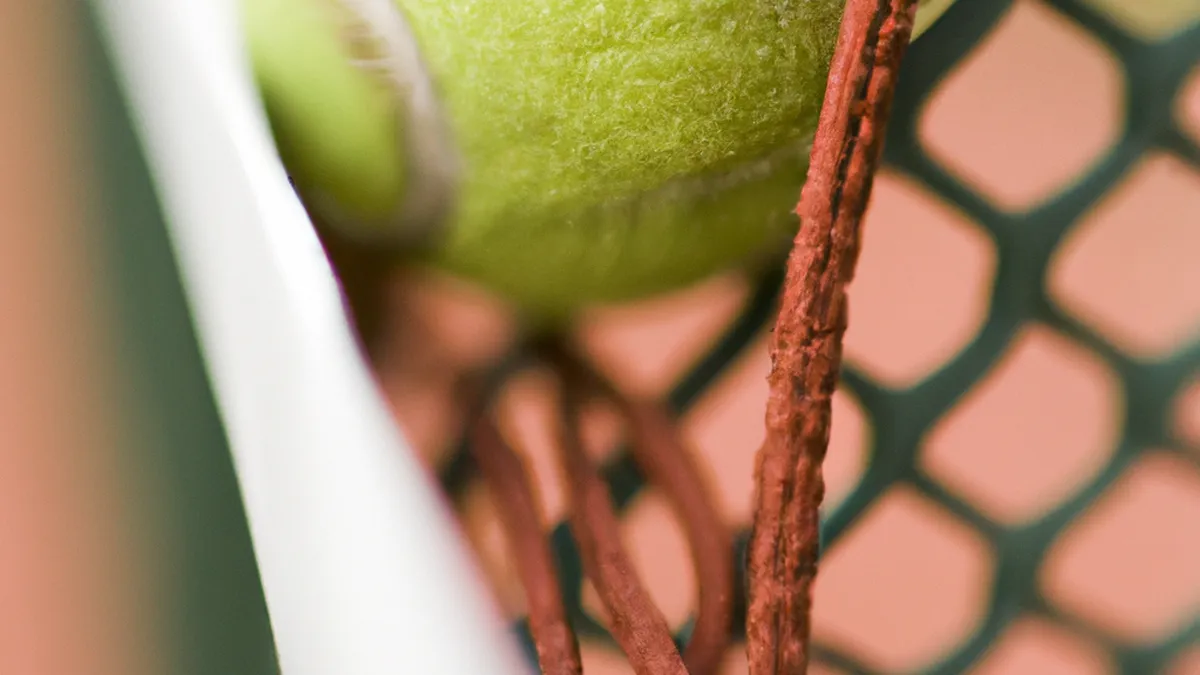Tendon Rehabilitation: Step-by-Step Recovery
Anatomy of Tendon HealingTendons connect muscles to bones, enabling movement and stabilizing joints. They consist of dense connective tissue, primarily collagen fibers, which provide strength and flexibility. Injuries can occur, ranging from acute tears to chronic tendinitis. Understanding tendon healing anatomy aids effective recovery and rehabilitation.This guide explores tendon healing stages, offers recovery tips, and highlights proper care benefits.
Stages of Tendon Healing
Tendon healing occurs in three phases: inflammatory, proliferative, and remodeling. Each phase features specific biological processes crucial for restoring tendon integrity and function.
Inflammatory Phase
The inflammatory phase starts immediately after a tendon injury and lasts a few days. The body sends signals to recruit immune cells, such as macrophages and neutrophils, to the injury site. These cells clean damaged tissue and prevent infection.You may experience swelling, redness, heat, and pain during this phase. These symptoms indicate the body’s healing response. While inflammation aids healing, excessive inflammation can prolong pain and hinder recovery. Managing this phase effectively is crucial.To reduce inflammation, use the RICE method: Rest, Ice, Compression, and Elevation. Resting prevents further damage, while ice reduces swelling and numbs the area. Compression with an elastic bandage and elevating the limb also minimize inflammation.
Proliferative Phase
The proliferative phase begins about one week after injury and can last several weeks. The body focuses on rebuilding damaged tissue during this phase. It produces new collagen fibers, forming a scaffold for tissue repair. Initially, collagen lays down disorganized, providing essential strength during healing.Approach rehabilitation cautiously in this phase. Too much activity can cause re-injury or delayed healing. Focus on gentle range-of-motion exercises to prevent stiffness while allowing the tendon to heal. Gradually increase activity levels during this phase.
Remodeling Phase
The remodeling phase represents the final stage of tendon healing, potentially lasting several months. New collagen fibers mature and realign along stress lines, enhancing tendon strength and functionality. The body adjusts tendon structure to withstand forces during movement.Physical therapy plays a critical role in this phase. A qualified physical therapist can design a tailored program for recovery.
Conclusion
As an Amazon Associate I earn from qualifying purchases.
Gear tip: consider stretching strap, ankle brace, and patellar strap to support this topic.
In summary, understanding tendon healing stages and proper care is vital for effective recovery and rehabilitation.
Below are related products based on this post:
FAQ
What are the stages of tendon healing?
Tendon healing occurs in three phases: inflammatory, proliferative, and remodeling. Each phase involves specific biological processes that are essential for restoring the tendon’s integrity and function.
What happens during the inflammatory phase?
The inflammatory phase starts immediately after a tendon injury and lasts a few days. The body recruits immune cells to the injury site to clean damaged tissue and prevent infection, which may result in swelling, redness, heat, and pain.
How can I manage inflammation during tendon healing?
To manage inflammation, you can use the RICE method, which stands for Rest, Ice, Compression, and Elevation. This approach helps prevent further damage and reduces swelling, aiding the healing process effectively.















Post Comment